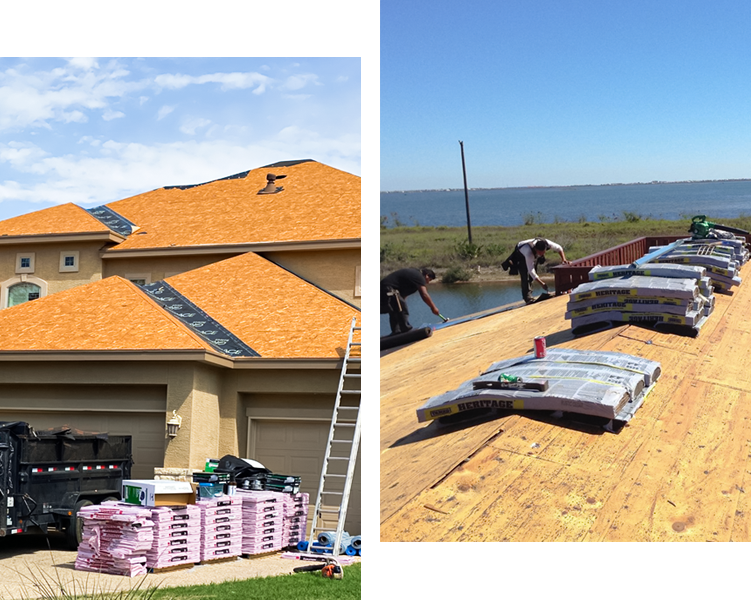The roofing system as a unit is only as strong and effective as the weakest component. Roof ventilation is one of these components and is critical to the overall health of your roofing system. Without it, you may experience various problems that can lead to costly repairs and significant energy losses. But what is roof ventilation?
This is an essential system in your roof that helps to reduce the temperature of your attic, thus improving its energy efficiency. Without proper and sufficient roof ventilation, hot air will be trapped inside the attic, causing the roof decking materials to become hotter than they should be. This can lead to moisture build-up and the eventual deterioration of these components.
It’s not just a matter of aesthetics either; this same heat buildup can also cause structural damage. In extreme cases, it may even cause warping or buckling of some areas on your roof. That said, it is essential to ensure that it is properly installed.
Signs of a poorly ventilated roof.
If you suspect that your roof is not properly ventilated, there are certain signs you can look for to help confirm your suspicions. These include:
Hot air in the attic.
First, without proper ventilation, trapped air prevents heat from escaping through your attic ventilation system. This causes warm air to build up in the area near the top of the roof, where it can cause damage to shingles and other materials used in roof construction. The trapped warm air also encourages condensation, which can lead to mold growth or wood rot.
Ice damming during winter.
Second, inadequate ventilation can cause ice dams during cold weather months. These are large chunks of ice that form along the edge of roofs due to snow melting and refreezing at different points along the roof’s surface. This can lead to even further damage and leakage in your roofing system.
Structural damage.
One of the most serious issues is that poor ventilation can lead to structural damage. Without proper airflow on your rooftop, moisture will build up and condense, which causes rot and mold growth. This poses significant risks for your home’s interior and exterior, from weakened support beams to sagging ceilings or compromised roofing materials.
Poor indoor air quality.
The quality of air inside your home can also be negatively impacted by poor roof ventilation. Without proper airflow on the roof, warm air will become trapped in the attic, resulting in stale and humid conditions inside your house. This can cause a spike in allergic reactions, asthma attacks, and other respiratory issues.
Buckling shingles.
Excess heat buildup also strains your roof by making shingles expand and contract as they’re subjected to high temperatures during the day and cool temperatures at night. This can cause cracks and gaps, leading to leaks and further damage.
Mold growth.
Mold growth is another common problem associated with poor ventilation. The warm, humid air that accumulates in your attic can be a prime breeding ground for mold and mildew. In addition to causing serious health issues, mold can also cause further deterioration of your roof structure due to its ability to feed on organic materials like wood.
It is important to have proper ventilation installed on your roof if you want to maintain the integrity of your roof structure and reduce energy costs. Without it, you could be faced with costly repairs or worse, a major roof replacement due to structural damage caused by the buildup of heat inside the attic space. To ensure that your home is properly ventilated, contact a professional San Antonio roofing contractor specializing in roof ventilation installation today.
How to fix a poorly ventilated roof.
If your roof has poor ventilation, it can cause several problems, such as higher energy bills, mold and mildew growth, roof damage, premature shingle aging, and faulty insulation. Without proper ventilation, your attic will be much hotter in the summer and colder in the winter due to trapped heat or cold air.
Fortunately, you can take some simple steps to correct this issue. First, inspect your existing vents or have a professional do so. Make sure they are properly opened and unblocked by debris. If you don’t have any vents installed yet, then you need to add them immediately.
You should also install a ridge vent if possible. This type of vent runs along the peak of your roof and is very effective in allowing hot air to escape from your attic regularly. Make sure you use quality materials that are appropriate for your roof’s slope, or have a professional do it for you.
A professional San Antonio roofer for roof ventilation.
Finding the right roofer can make all the difference. A professional roofer can assess your roof and determine what type of ventilation is best for your home. They can also provide expert advice on the different types of systems available and help you decide which is right.
At Shield Roofing, we have experienced professionals knowledgeable in roof ventilation. We can help you decide on an effective and durable system and provide you with the right installation service to ensure your new system works as intended.

